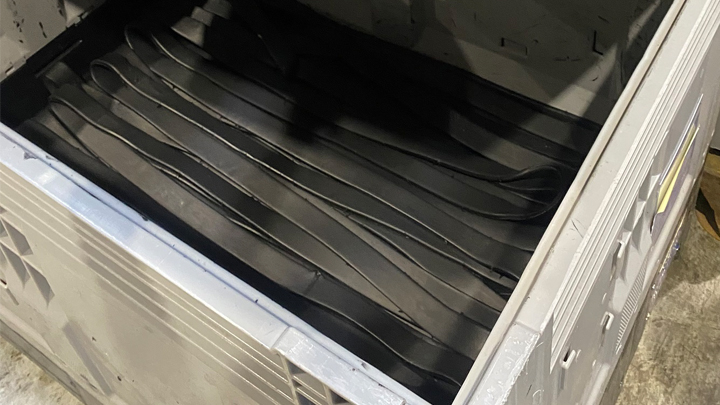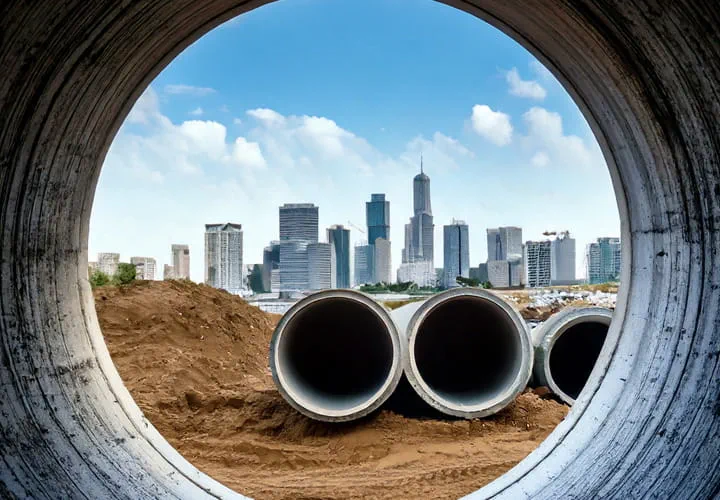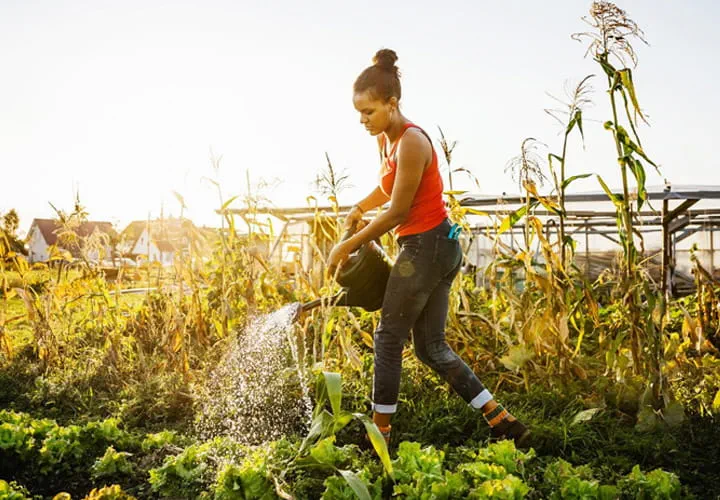Trelleborg Seals & Profiles: Driving resource efficiency

Sustainability: the new imperative
At a time when sustainability is no longer an option, but an imperative, Trelleborg is making significant strides with its innovative approach to environmental protection. As a global leader in engineered polymer solutions, Trelleborg constantly seeks ways to improve resource efficiency. After successfully switching to 100% renewable electricity at its Bielsko-Biala facility in Poland, Trelleborg is now tackling another critical challenge: reducing the use of plastic in its packaging and distribution processes. This initiative reflects Trelleborg’s strong commitment to sustainable practices and its strategic vision to enable the transition to a low-carbon society.
Bielsko-Biala facility
The Trelleborg Seals & Profiles facility in Bielsko-Biala, Poland, is an example of the company’s commitment to resource efficiency. This commitment began with a transition to 100% renewable electricity, marking a significant milestone in the facility’s sustainability journey. Trelleborg then focused on reducing oil-contaminated waste, demonstrating its comprehensive approach to minimizing environmental impact. Now, the facility is taking another bold step by significantly cutting down on plastics used in packaging and distribution. These efforts are a testament to Trelleborg's commitment to the United Nations Sustainable Development Goals, particularly Goal 12 (responsible consumption and production) and Goal 13 (climate action).

Rethinking plastic use
Trelleborg’s initiative to reduce plastics in both inbound and outbound goods is evidence of its holistic approach to waste reduction. A key aspect of this approach is emphasizing the importance of reusing, recycling, and reducing waste. By eliminating plastic bags for rubber compounds in inbound processes, Trelleborg has significantly reduced plastic waste, demonstrating the practical benefits of removing single use plastics. On the outbound side, efforts to minimize pallet wrapping and product packaging have further reduced the use of plastics. These changes underline Trelleborg’s strategic commitment to sustainable growth, and science-based targets. This focus not only conserves resources it also reduces pollution.
Science-driven sustainability
Trelleborg's commitment to sustainability is further demonstrated by its ambitious climate targets, which have been validated by the Science Based Targets initiative. The company aims to reduce CO2 emissions by 50% in Scopes 1 and 2 (direct and indirect) by 2030, and by 25% in Scope 3 (value chain) by the same year. These initiatives ensure measurable and transparent emission reductions and reinforce Trelleborg’s commitment to sustainable development.
Pushing towards a circular future
The results of these initiatives have been impressive. In 2023, Trelleborg reduced inbound plastic use by 2,700 kg (31%) and outbound plastic use by 5,600 kg (45%) compared to 2022. These achievements highlight the company’s commitment to minimizing waste. By focusing on key areas, Trelleborg is paving the way for a more resilient future, challenging the current economic model and promoting a system where resources are efficiently used and waste is minimized. Trelleborg’s approach endeavors to stimulate job creation in the value chain, contribute to economic growth and enable the transition to a low-carbon society.
Trelleborg Seals & Profiles continues to lead by example, integrating sustainable practices into every aspect of its operations. By reducing the use of plastics, the company is making significant progress toward its climate goals and reinforcing its role as a leader in resource efficiency. This comprehensive strategy drives sustainable growth and sets a standard for environmental stewardship and innovation.
For more information contact:



